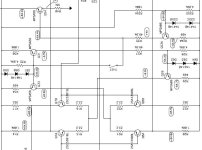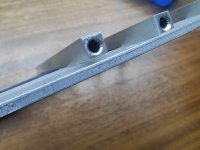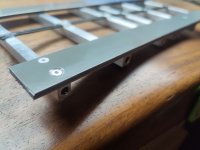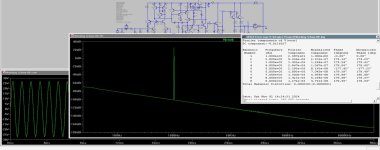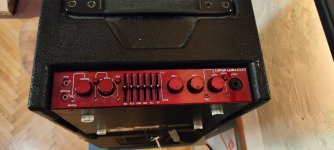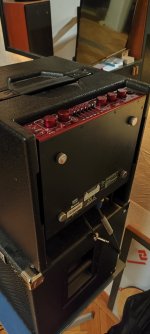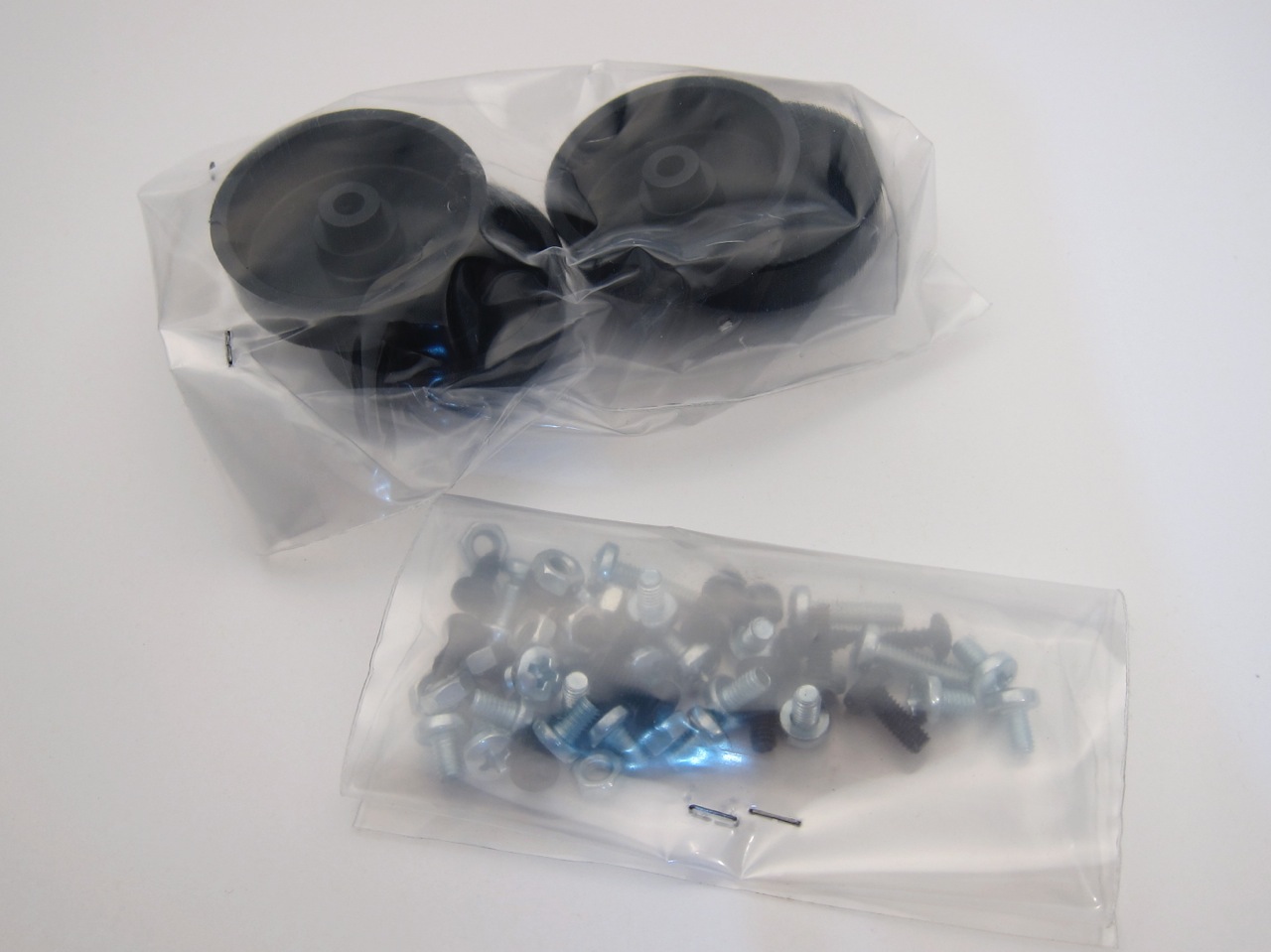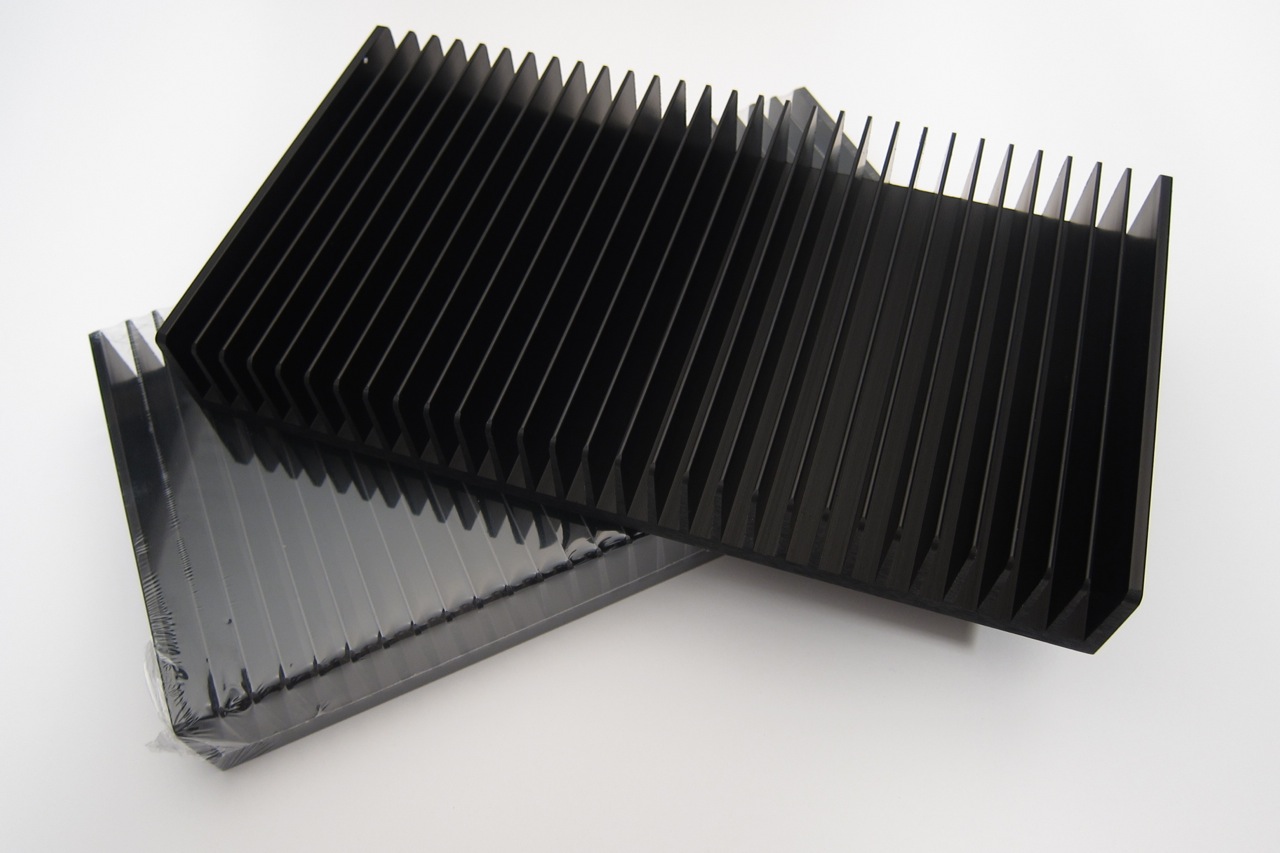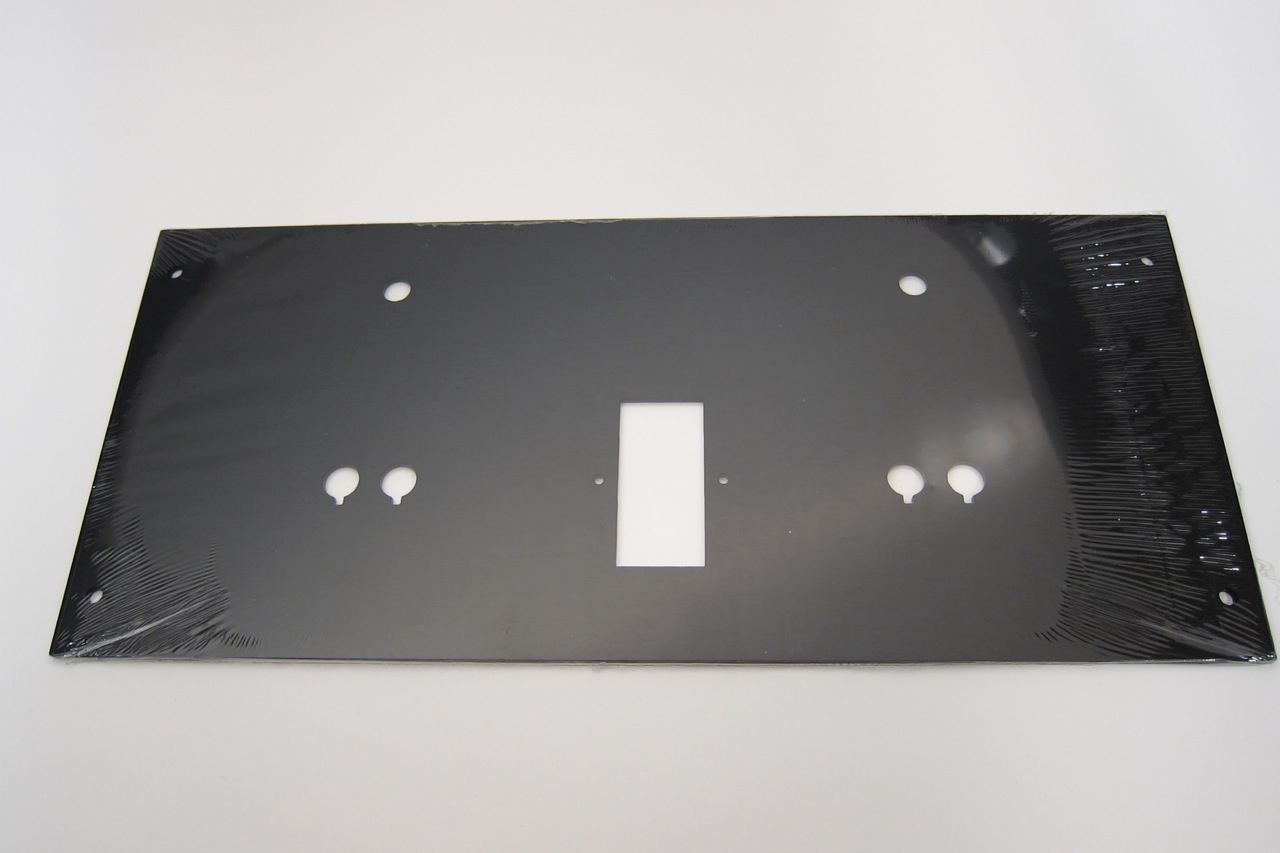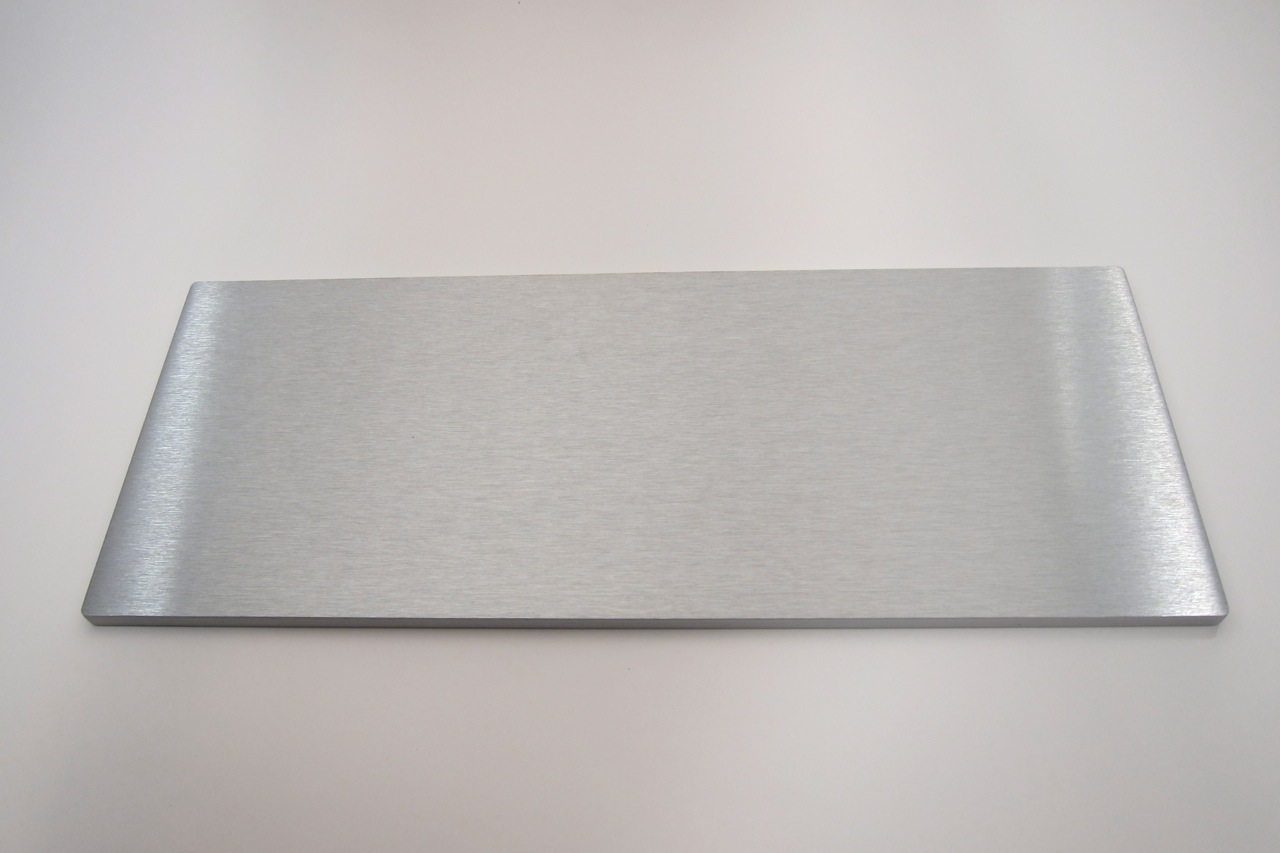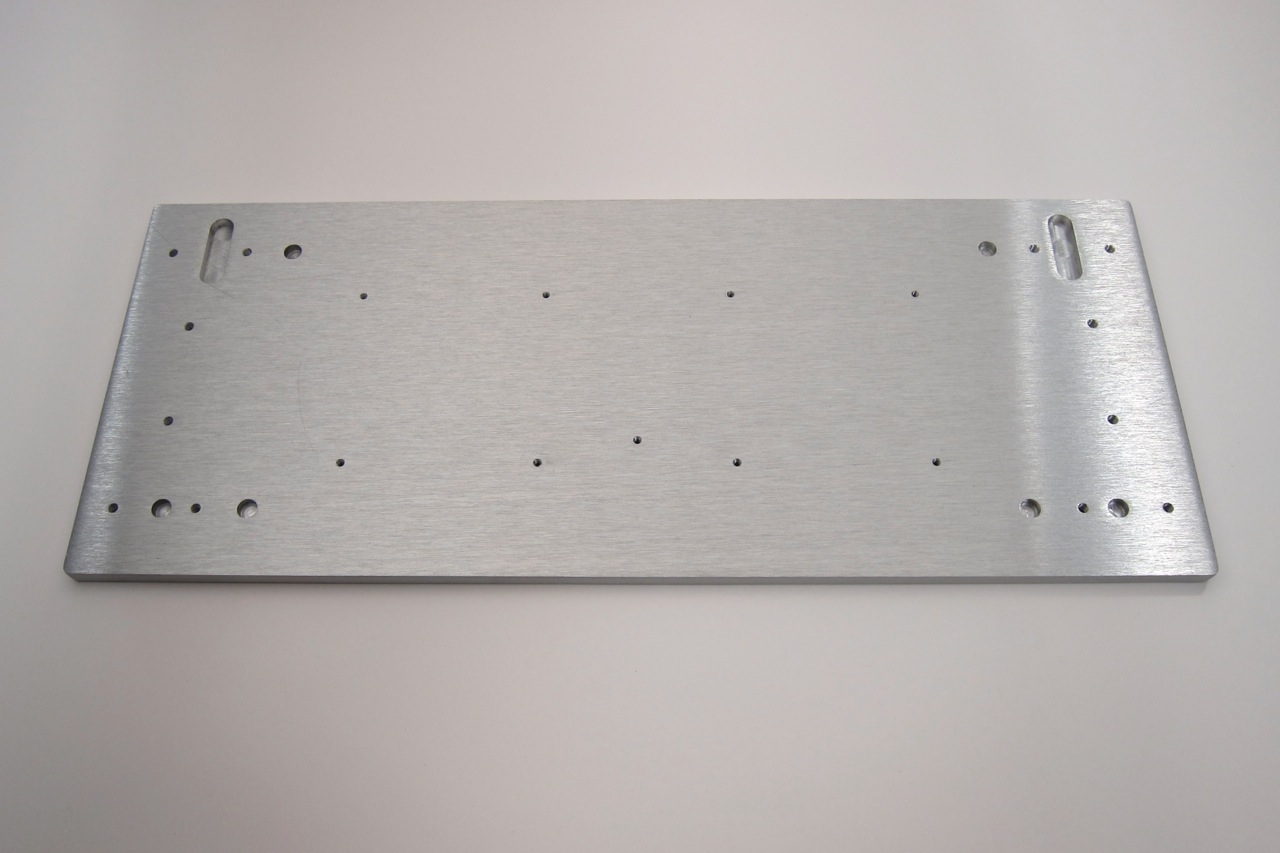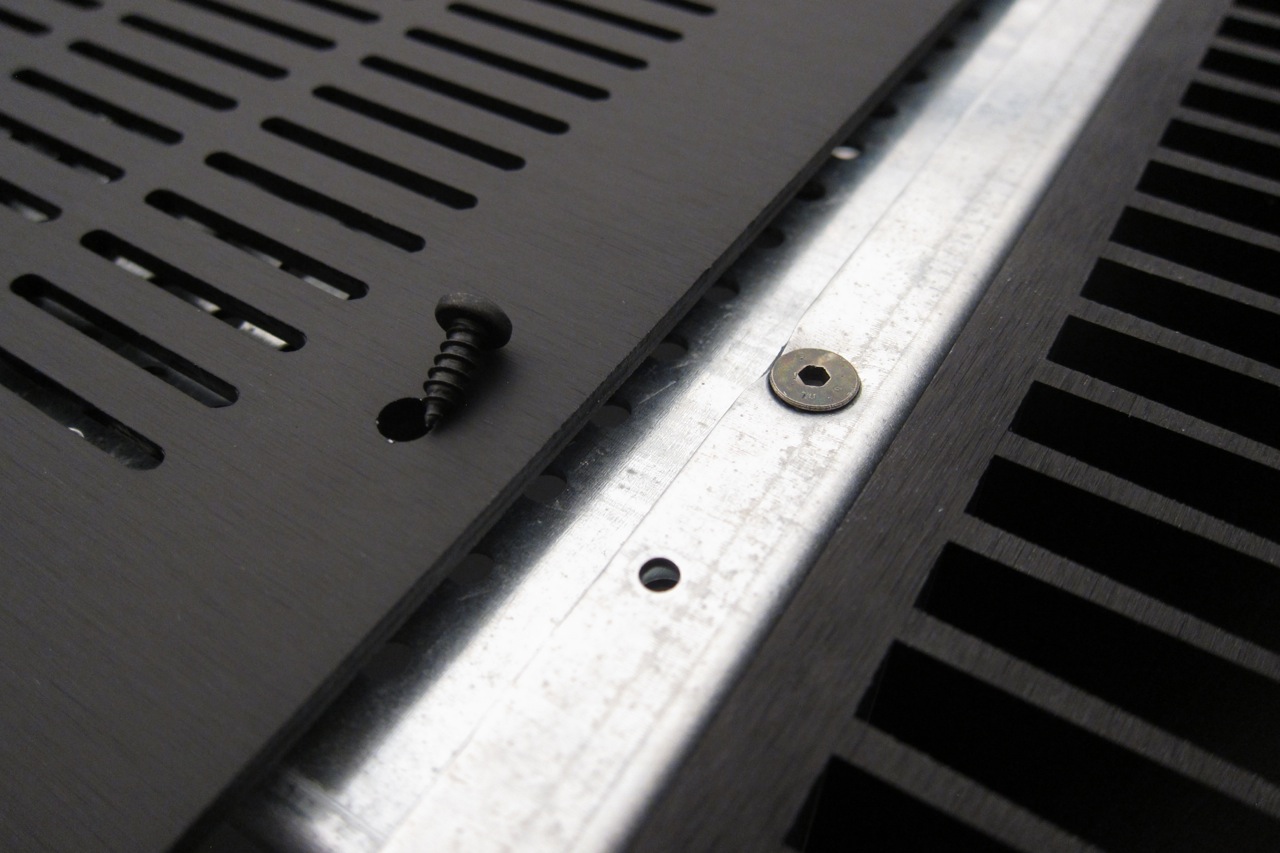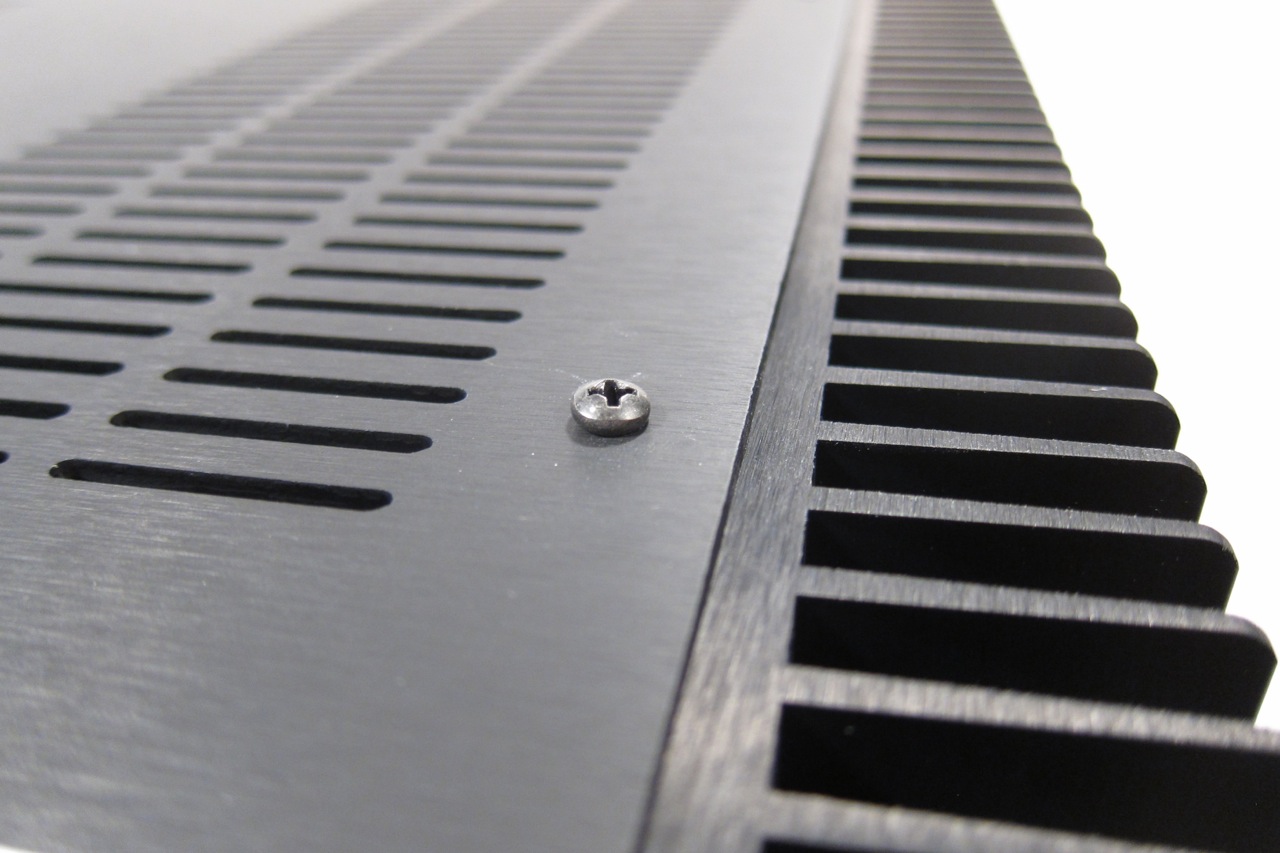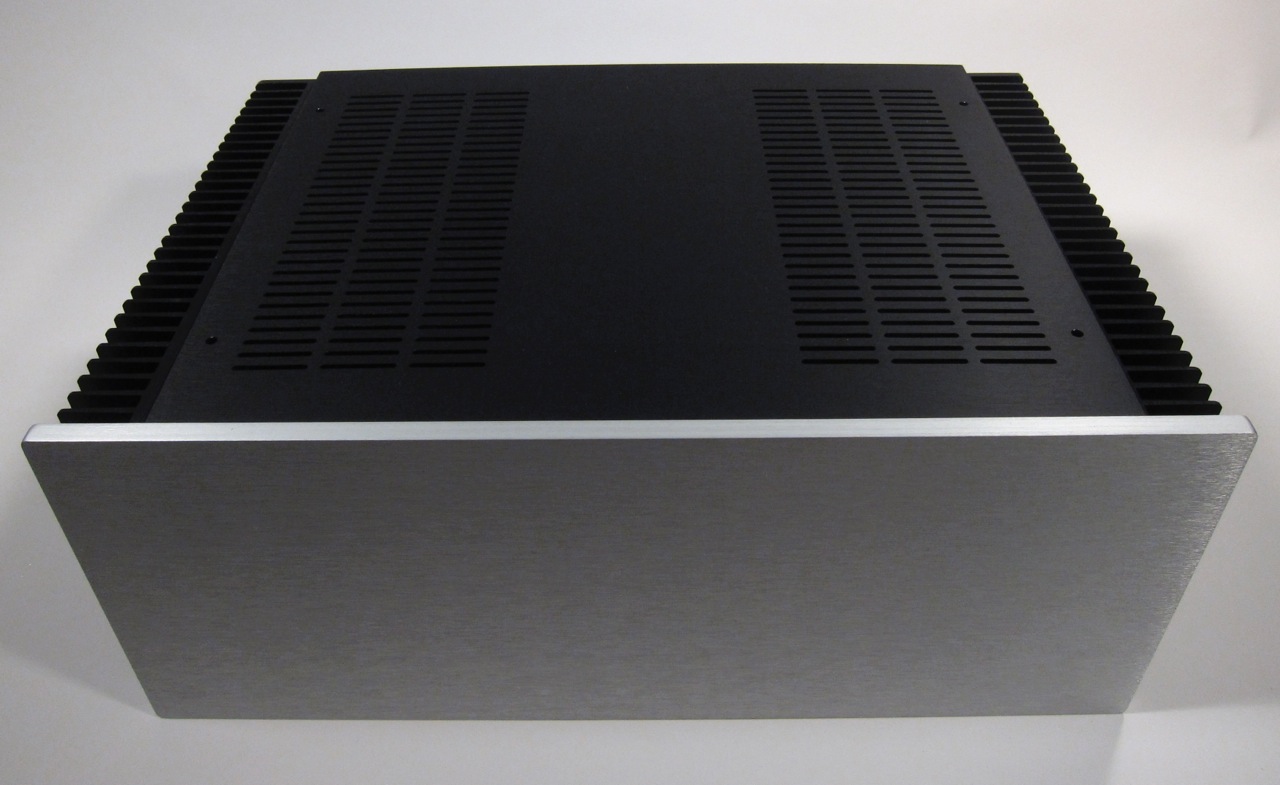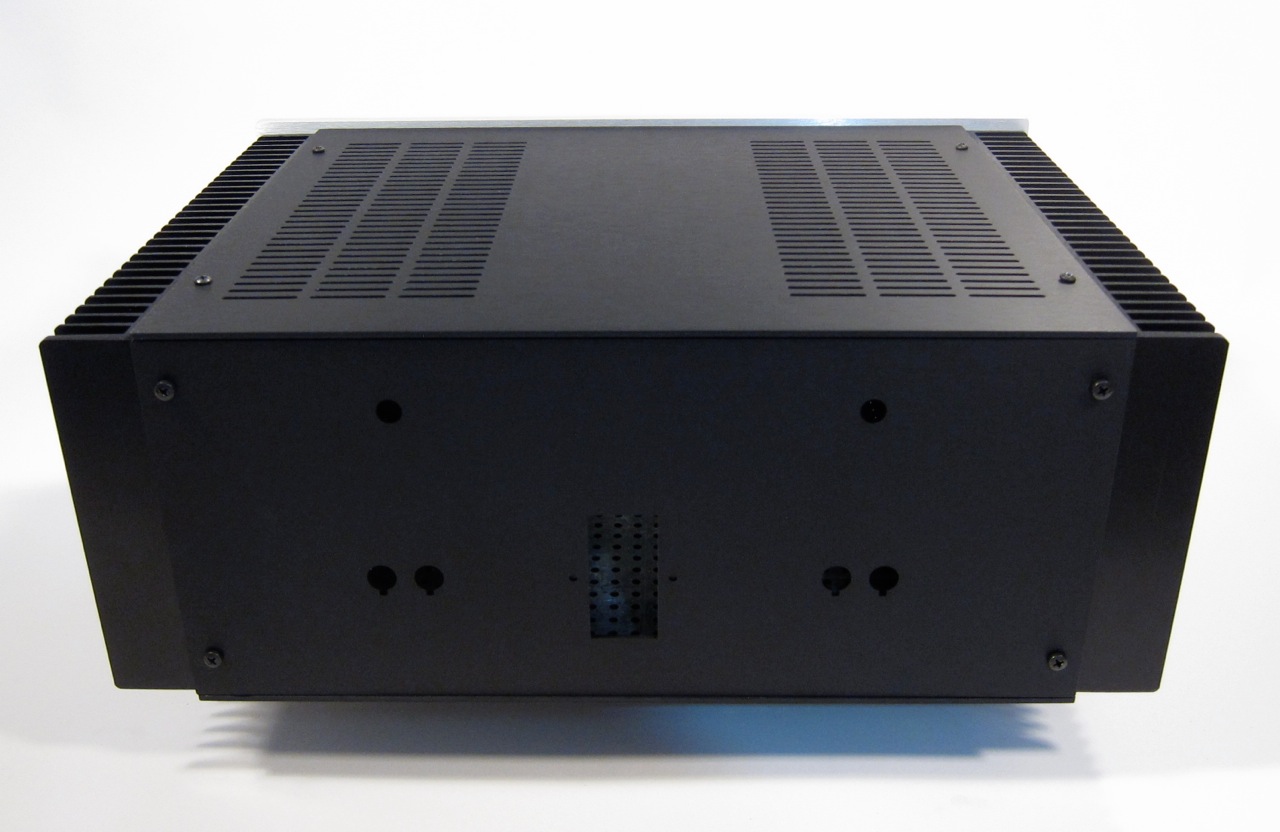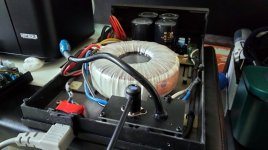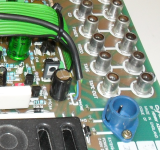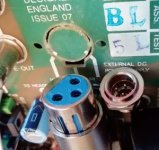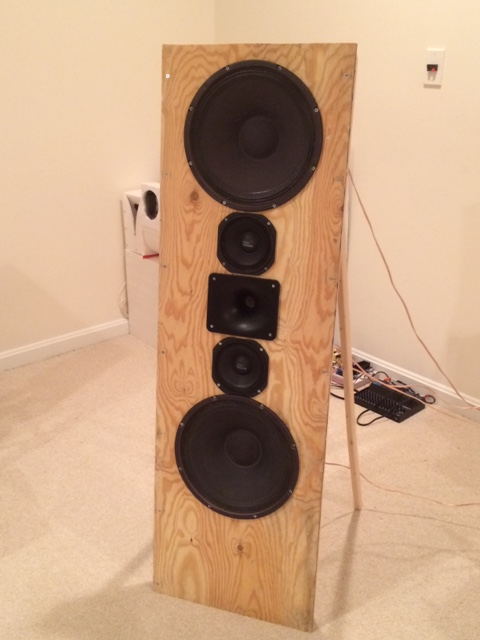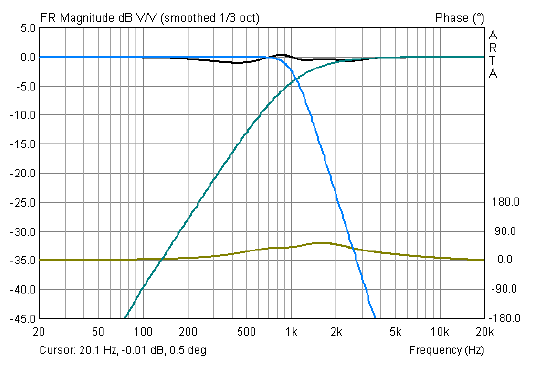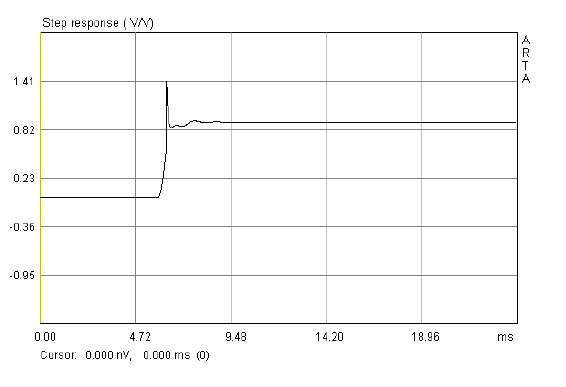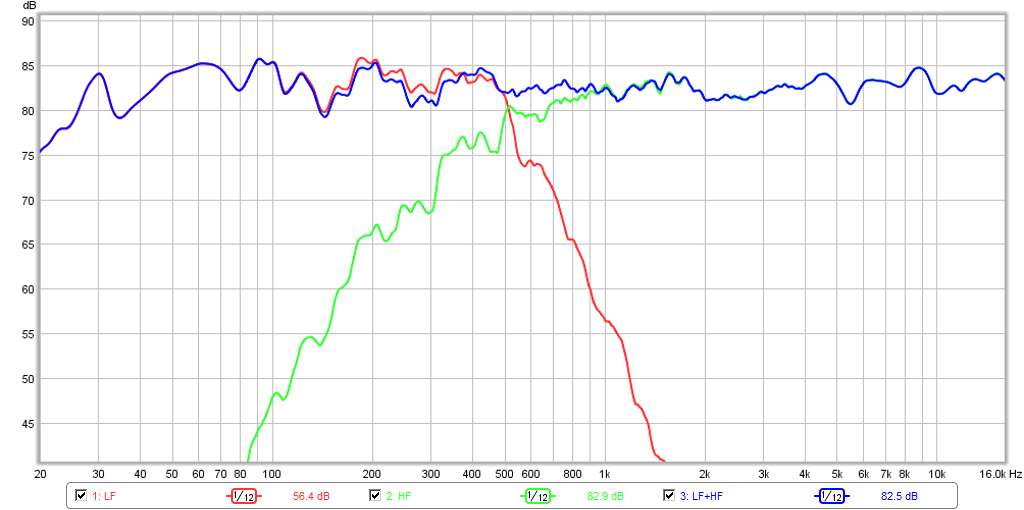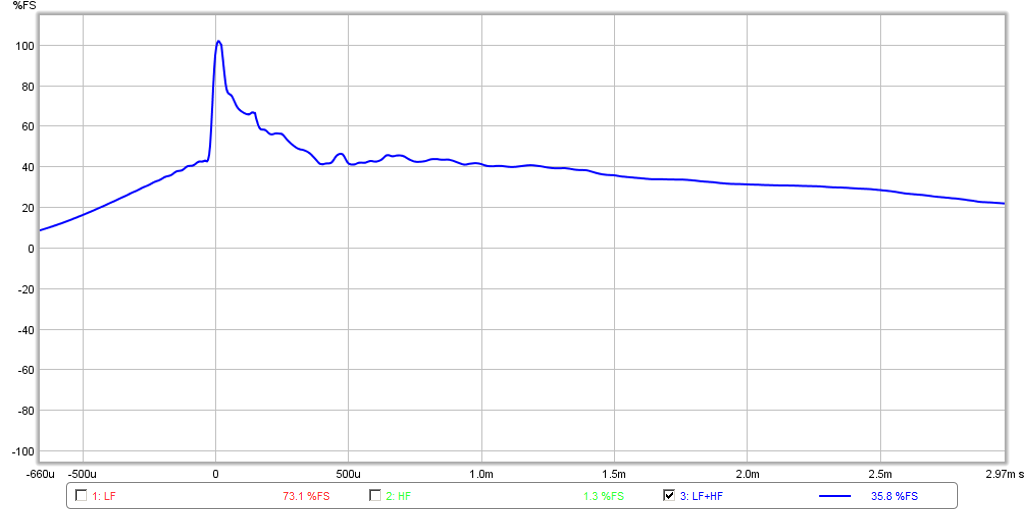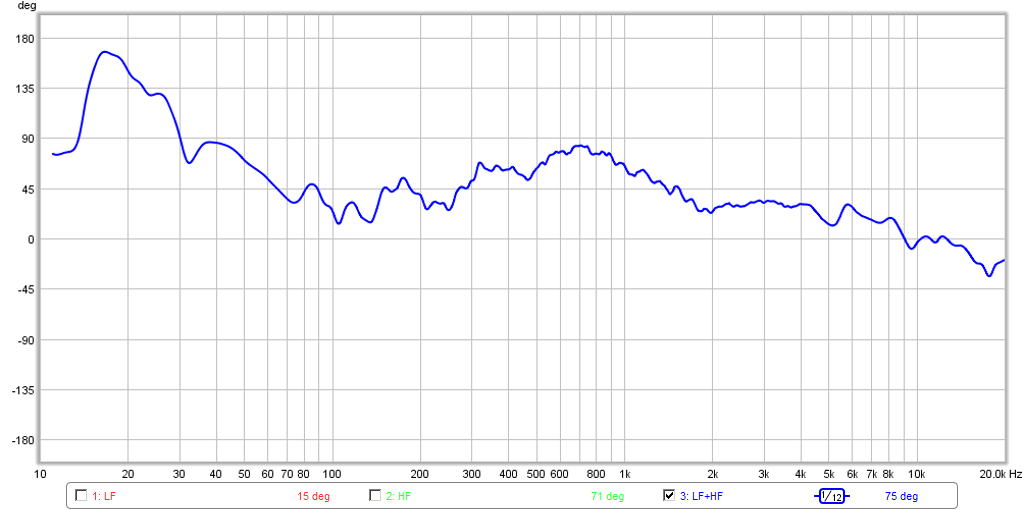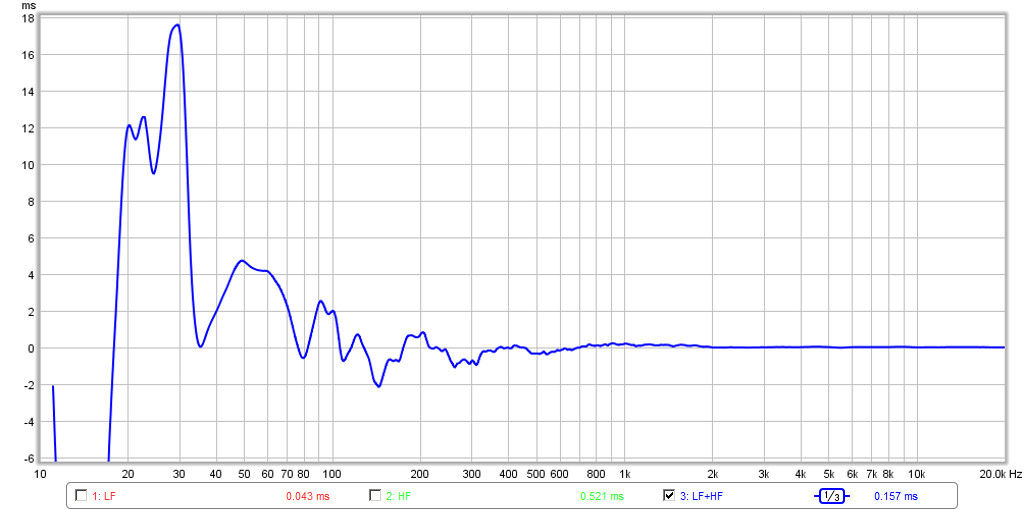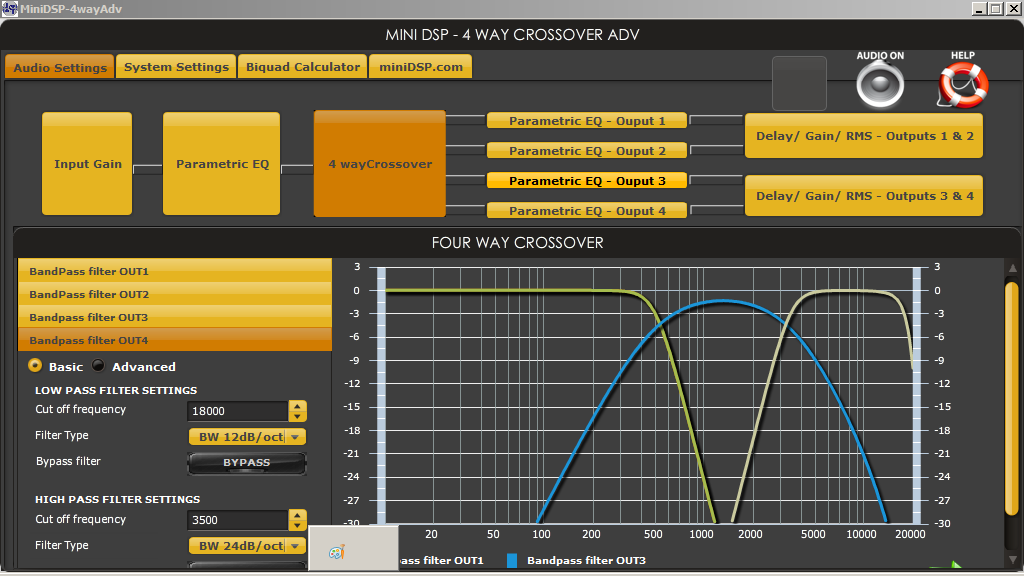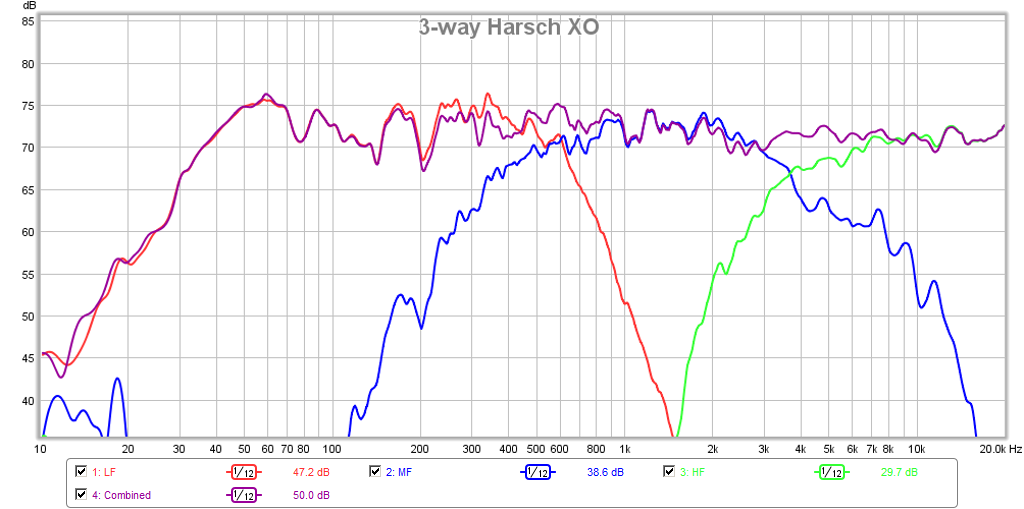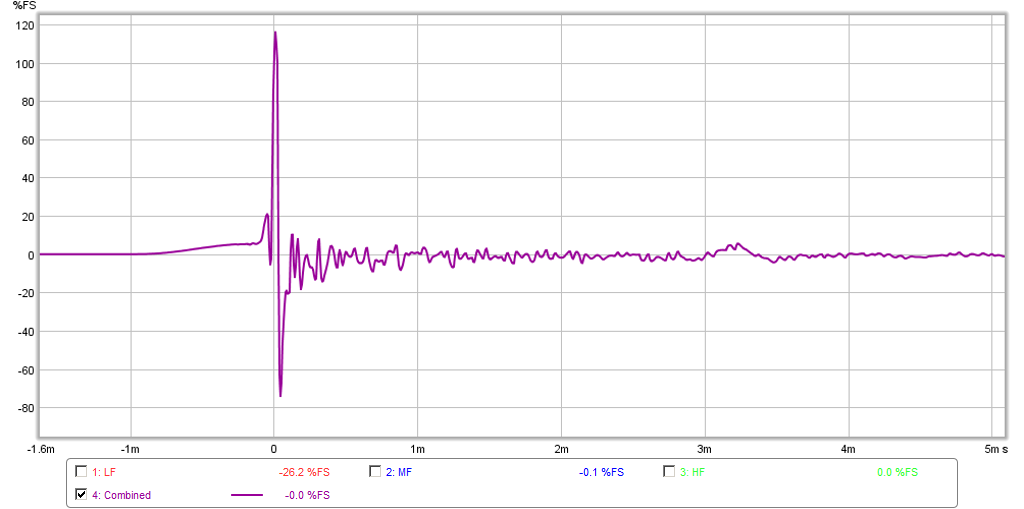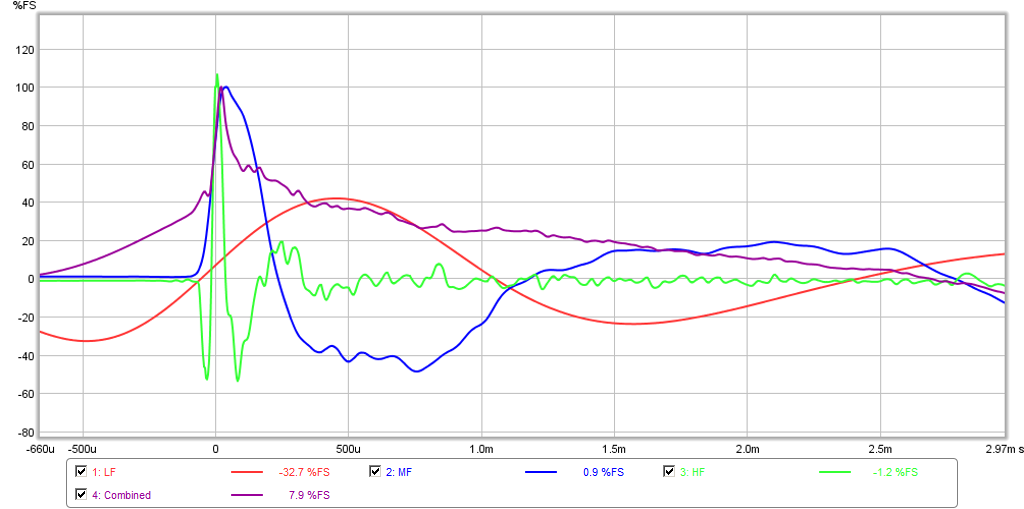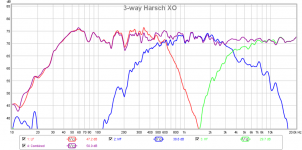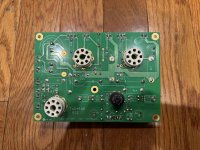Even the best loudspeakers sound quite poorly in nowadays squeezing living rooms. The problem of room reverberation can be addressed by extensive soundproofing and/or by using very directional loudspeakers - but covering the walls and ceiling with class A acoustic foam is not cheap & utterly destructive to the peace in the family; commercial controlled directivity loudspeakers cost a fortune while developing your own without an anechoic chamber nearby is unrealistic. However, in some situations it is possible to use the room geometry to reduce room reverberation and improve the listening conditions.
Introduction
Let’s consider an alternative as sparse (3…6 drivers) speaker arrays positioned in the room corners so that the floor & ceiling of a typical room create a tall virtual column. The driver’s height is defined by
gap=(C2F-H)/NS; aH=(0:NS-1)'; aH=aH*gap+gap/2;
where
C2F is ceiling-to-floor (typically 9’, ignoring 1’ of ceiling space for pipes, etc) height,
NS is the number of drivers, and
H is the ear height for a sitting listener (typically 2’8” … 3’). Drivers shall be focused (arched and angled, as per near-field beamforming) onto the DIYer and his ever-grateful family at 9’…11’. In (a simplified) theory, such array shall have wide horizontal dispersion and its impulse response (on the axis) shall look like
with floor and ceiling reflections interleaving, each having a small (~
1/NS) relative amplitude, with loudness decaying as (
1/sqrt(distance)), contrary to (
1/distance) for point source loudspeakers. However, I could not find any published (by others) real-world measurements, to either confirm or disprove this theory. Thus, I measured what I could myself. Of course, the results are specific to the room & drivers – but something, even little, is better than nothing.
Methods[1]
This design and measurements are concentrated on midrange applications, 300Hz – 3kHz, of the maximal sensitivity of human ear to the Direction of Arrival (DoA).
The drivers are Dayton Audio Sig150-4 mounted in approx. 3.6L boxes angled 60⁰ inwards, which boxes are mounted on a long plank which is mounted into the corner of a somewhat spartan room 25’ x 14’ x 9’. Multiple drivers were connected in series.
The amplifier output was set to get 80 dB SPL @1m from a single driver. A (pre & post) calibrated 12 dBA cardio microphone on 2i2 Gen 3 USB audio interface was used. Room Impulse Responses (RIR) were obtained by a regularized Exponential Sine Wave (ESS) method
Loudspeakers for AEC: Measurement and Linearization - File Exchange - MATLAB Central (mathworks.com) (to be updated).
The RIRs were postprocessed to extract the Direct to Reverberant Ratio (DRR(f)) as the Y-value that the polynomial approximation of the corresponding normalized reverberant slope(f) crosses at X=0:
Obviously, speakers’ arraying does not affect RT60(f).
Measurement distances are 100:50:400 cm, with 300cm as target. The default measurement height is 85cm, to be varied 70:5:100cm. The first 20ms of RIR, DRR, arete (top of the ridge) of wavelet-transformed RIR, and total FR are considered to be more important than other metrics.
Results
number of drivers [h->1, n->3, m->4, n->5, j->6] summary
At target distance & nominal ear height. See the details below.
Single Driver
Red lines are for quasi-anechoic conditions (alas, wrong polarity).
6 drivers
Variations of Listener’s Distance
Here and below, red lines are of a single driver at 300cm, as the reference.
Variations of Listener’s Ear Height
5 drivers
Variations of Listener’s Distance
Variations of Listener’s Ear Height
4 drivers
Variations of Listener’s Distance
...oops, only 20 images
Variations of Listener’s Ear Height
3 Drivers
Variations of Listener’s Distance
Variations of Listener’s Ear Height
6 drivers, straight line [e] vs angled only [f] vs arched only vs arched and angled [j]
As usual, [h] stands for a single driver as baseline.
Other Observations
- The measurements show only 10 dB of improvements in DRR but subjective perceptual improvement is much stronger, far beyond expected.
- Due to 15.5 dB lower SPL at each driver, non-linear distortions and Barkenhouse noise are proportionately lower.
- The dynamic range widens, high SPL are not distorted.
- The (1/sqrt(distance)) effect is realized only partially per measurements but nearly fully by perception.
- Judging by ear at 10’, 6 drivers with 90dB SPL @ 2.83V sensitivity are louder than a 110 dB SPL single driver, ~same Z.
Discussions
Many more drivers & configurations were built and measured in the last year. None of them contradicts the data above, and these have relatively low additional meaningful information and were omitted to avoid overloading readers.
TBD
Conclusions
- Sparse speaker arrays are a compromise. Particularly, they are not a good fit if you require that listening experience shall be invariant to ear’s height. Left/right/closer/farther are not a problem.
- You do not need 20 drivers / column to realize line source advantages.
- You do not need near-perfect expensive midrange drivers to get decent sound.
- You do not need 400W amplifiers, for sure. Even 100W is too much.
- An average DIYer can build a sparse speaker array and adjust it to his preferences without getting into much expense or serious technical difficulties.
GNU General Public License v.3+
https://www.gnu.org/licenses/ applies to all information provided.
[1] Disclaimer: The objective measurements below are somewhat related to but do not characterize human auditory perception to any highly disputable degree of fullness or precision.


